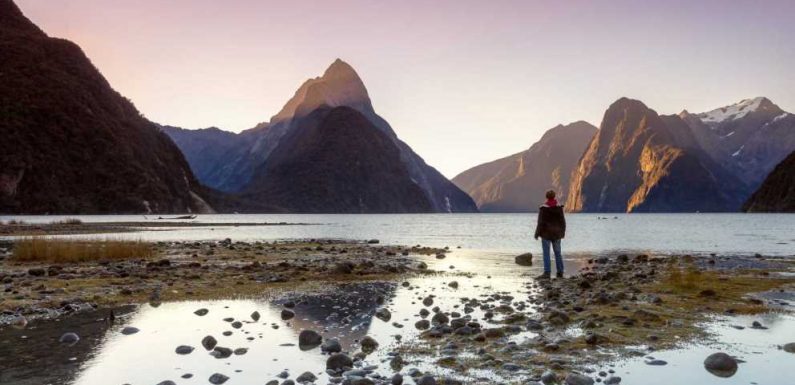
- New Zealand’s Tourism Minister Stuart Nash is calling for changes to the country’s tourism model.
- “We cannot go back to the tourism model that existed prior to COVID-19,” Nash said on Friday.
- The proposal stands in contrast to many countries’ focus on reboosting tourism to pre-COVID levels.
- Visit Insider’s homepage for more stories.
If you haven’t already been to New Zealand, you might have missed your chance to see the country at its tourism peek.
Load Error
At an industry conference in Queenstown on Friday, New Zealand Tourism Minister Stuart Nash called for changes to the country’s tourism model.
“We cannot go back to the tourism model that existed prior to COVID-19,” Nash said, according to a report from Bloomberg’s Tracy Withers.
New Zealand has an estimated population of 5.1 million as of December 2020. In 2019, more than 3.9 million tourists visited the island nation.
Since 1999, the country has celebrated and highlighted its natural assets and singular landscapes in its “100% Pure New Zealand.” It’s also launched spin-off campaign variations, such as 100% Pure Middle Earth, a nod to the tourism boom the country saw after serving as the filming location for the “Lord of the Rings” trilogy. Among the locations drawing the most tourists are Tongariro Alpine Crossing, a national park in the North Island that sees more than 130,000 hikers annually, and the South Island’s Milford Sound, which has famously been referred to as one of the wonders of the world and sees as many as a million tourists annually.
In his speech, Nash said that these “unsustainable tourism levels put far too much undue pressure on communities and our natural attractions and many communities have struggled to absorb.”
Nash is not the first figure in New Zealand to call for change. In 2019, Simon Upton, Parliamentary Commissioner for the Environment, spoke about the negative effects of tourism on the environment. “The sheer numbers of people are eroding the sense of isolation, tranquility, and access to nature that many overseas tourists seek when visiting New Zealand,” Upton said.
Prior to the pandemic, tourism accounted for some 9.3% of the country’s $206 billion GDP. According to Tourism Industry Aotearoa, more than 13% of all jobs in New Zealand come from tourism; directly and indirectly, the industry employed more than 380,000 people in the year ended March 2019.
Nash did not immediately respond to Insider’s request for comment on the future of these jobs should the country’s tourism industry indeed be scaled back after COVID-19.
Not the typical model for pandemic recovery
Tourism numbers across the world plummeted in 2020 as the COVID-19 pandemic gripped the world and ground travel to a halt. New Zealand recorded 996,000 overseas visitor arrivals in 2020, a decrease of 2.89 million from the previous year.
The country was hailed as an early success for its handling of the pandemic. It started imposing travel restrictions in February 2020, even though it had no known coronavirus cases at the time. Thirteen months later, its borders remain closed to almost all travelers to control the spread of the virus.
The government is currently working to open a travel corridor with Australia, but in his speech, Nash noted that New Zealand is unlikely to open back up to mass tourism before 2022.
New Zealand’s talks about cutting back on tourism post-pandemic don’t follow the mold. In fact, they’re in direct contrast to many countries’ post-COVID plans.
Many tourism-dependent countries are currently examining ways to jump-start their tourism industries and bring some much-needed relief to their economies. Thailand, for one, is enticing tourists back in by allowing them to quarantine on yachts and golf resorts. Top Thai resort island Phuket has explored mass-vaccination plans that would allow tourism to start back up in earnest by October.
Seychelles announced that it’ll be opening borders on March 25 to tourists who present negative PCR test results on arrival, no quarantine or vaccine required. The Indian Ocean island follows in the footsteps of the Maldives, which fully – and successfully – opened to travelers from any country back in July 2020. And Iceland announced that from March 18 it, too, would be opening borders to vaccinated travelers from more countries in a bid to jumpstart tourism.
Source: Read Full Article










